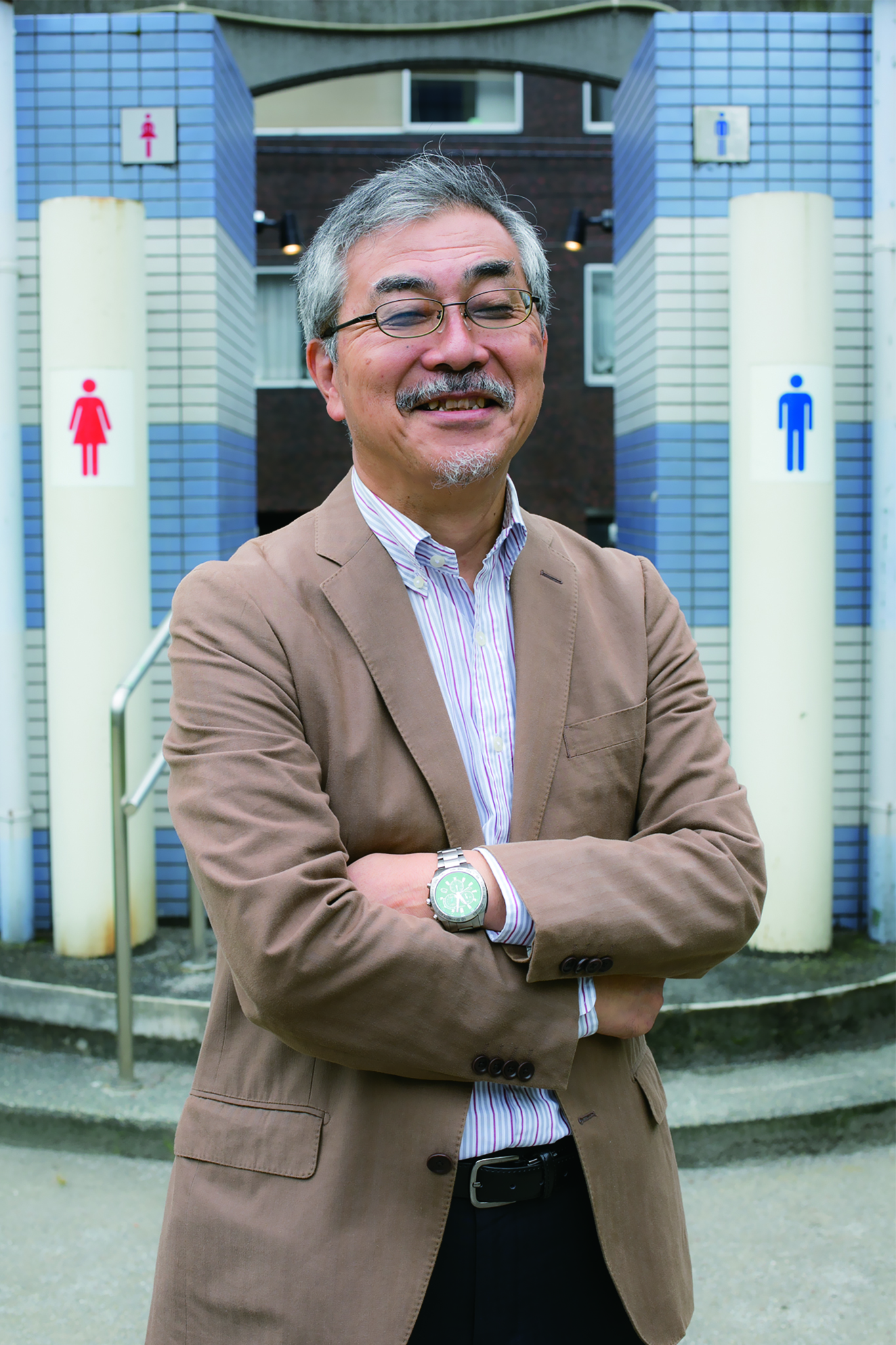Japan Toilet Association (JTA) started as a small group named “Toiletpia Association” in 1984. At the time, there were only about 60% of toilets with flush systems. The railway station or public toilets were quite uncomfortable. Toiletpia Association focused on the toilet issues and discussed it from the perspective of urban development. It was truly a unique group to gather as a salon style in Shinbashi in Tokyo. where would be like a real social networking site for the salaried men today. The participants enjoyed drinking and talking about toilet issues.
I was one of the organizers of this salon. This unusual group of toilet enthusiasts from various fields gather to discuss toilet issues openly. It was featured in the media, and then became known in daily society. Thereafter, JTA was founded the following year, in 1985. May 2025 will mark the 40th anniversary of JTA. In 2016, the association was transformed from a voluntary organization into a general incorporated association in Japan.
The goal of JTA was to “Create a toilet culture, create a comfortable toilet, and contribute to the improvement of the social issues related to toilets.” Forty years ago, no one expected that the public toilets, which were called DSDS (dirty, smelly, dirty, scary) places. However, nowadays they are described as “Japan can be proud of the toilets as the highest culture level” which refers to Toiletology Encyclopedia.
JTA has been playing a leading role and “Toilet revolution” has spread to various regions and fields. JTA and its members have played effective roles in all aspects, including the evolution of the buildings, the facilities, and the equipment, the enhanced cleaning methods and the maintenance. It influences the national and local government policies, and Japan’s toilet culture is to penetrate the world. Now, many organizations like JTA activities are founded in several countries.
On the other hand, there are still many problems. Ironically when there are the better toilets, the newer problems occur. For instance, while toilets in Tokyo have become a tourist attraction, there are about 400 million people in the world still defecating in the fields. We are still searching for the solutions to the appropriate toilet environment in gender equality. The toilets at the disasters, which was brought into focus recently after Noto Peninsulacatastrophic earthquake, has raised new issues from the inclusive disaster prevention that leaves no one behind. The requirements to install toilets which can be used by the people with various disabilities and those that require welfare considerations. Including these issues, there are also still many challenges remaining from SDGs. There is a limitation to what the JTA can do, but we will do our best.
JTA is not operating under any of the government or the clients. It can be said as a circle of toilet lovers. People who are interested in the toilets or related to the toilets in various fields, gather together, interact lightly, share issues in the course of their activities, and come up with the ideas and solutions to those issues through the various discussions and collaborations.
Recently, many young members have increased with the diverse toilet-related themes and the missions. We hope that those young members will utilize the various resources that JTA has accumulated and use them to launch new activities. The toilet research circles have been formed at many universities, and the interdisciplinary research on toilets is now being conducted. In the future, we would like to provide the speech opportunities for the students and researchers to make presentations.
I would like to encourage not only the younger members, but also many people who are interested in the toilets to join JTA, interact with each other on our platform, make friends,and get involved in our activities.
I appreciate your support.
Yamamoto Kohei, Chairman of Japan Toilet Association
